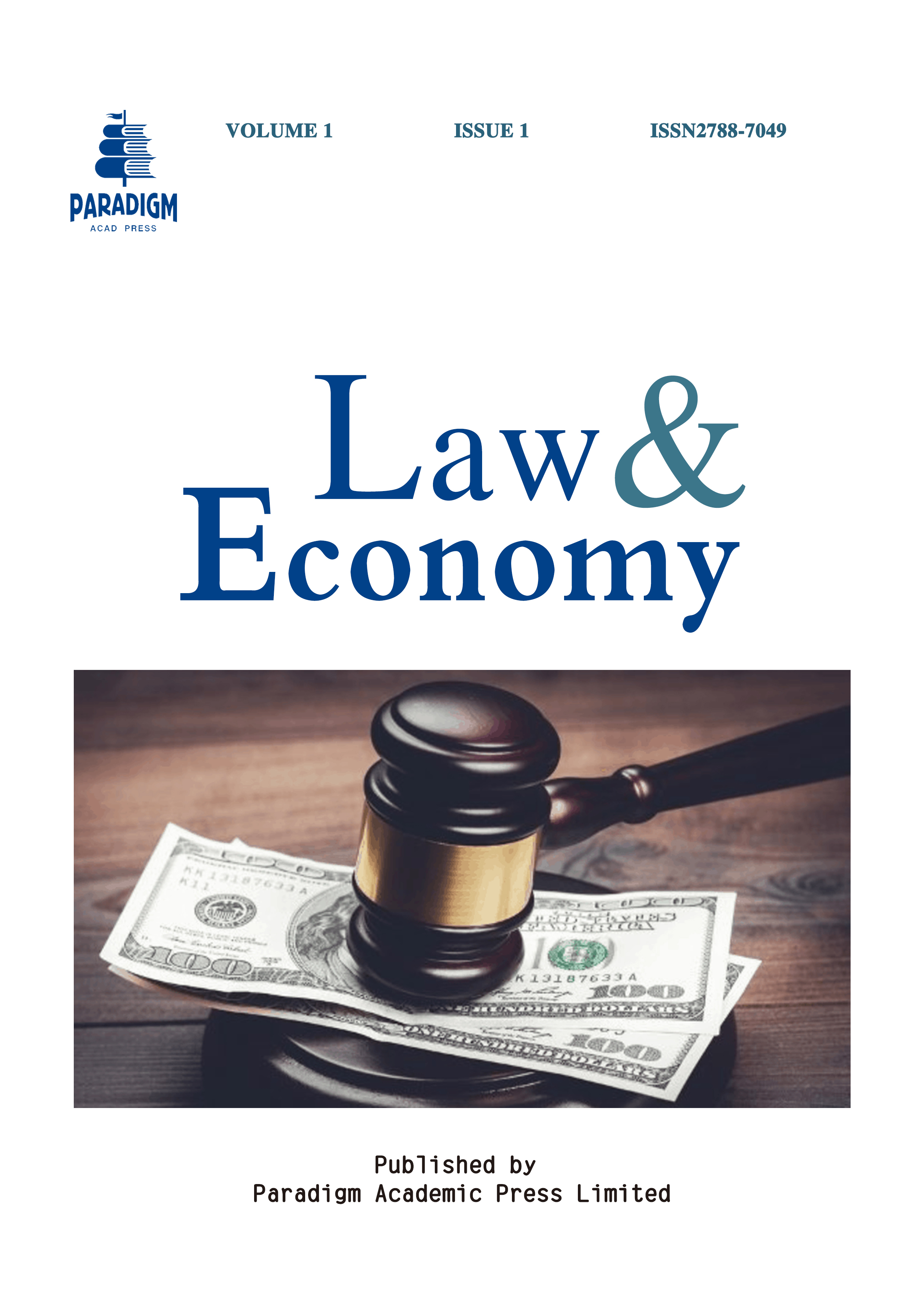An Analysis of the Transmission Mechanism of Inflationary Pressures Due to Supply Chain Restructuring in the Post-Pandemic Era in the United States
Keywords:
post-pandemic, supply chain restructuring, inflationary pressures, cost-push inflation, reshoring, nearshoring, transport costsAbstract
The post-pandemic era has seen significant disruptions in global supply chains, leading to inflationary pressures across various sectors of the U.S. economy. This paper examines the transmission mechanisms of these inflationary pressures, focusing on the role of supply chain restructuring in driving cost-push inflation, supply chain bottlenecks, and rising transport costs. It explores how the U.S. has responded with policy measures such as reshoring, nearshoring, and infrastructure investments, as well as the Federal Reserve’s monetary policy actions. Furthermore, the paper delves into the behavioral shifts in consumer price expectations and spending patterns, emphasizing the disparate impact of inflation across different income groups and demographics. The analysis concludes with strategic recommendations for managing inflation in a post-pandemic economy and highlights the long-term implications for economic growth, global trade, and regional economic disparities.


